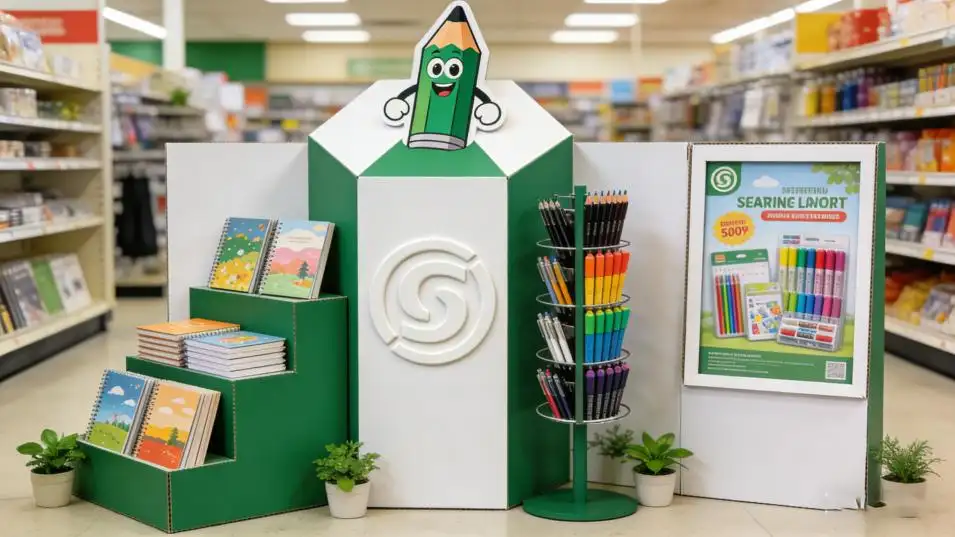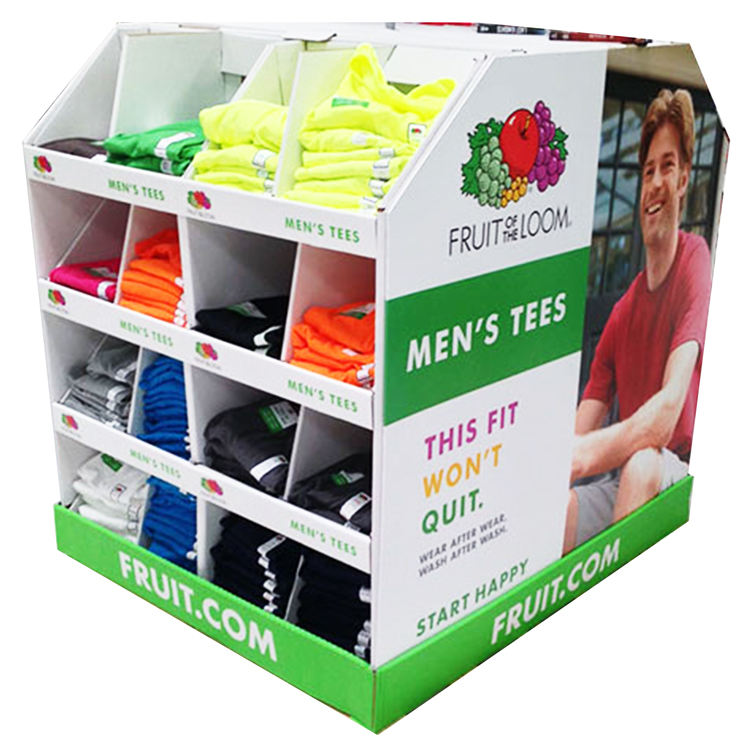Struggling to make your products stand out in crowded stores? Your items get lost on a busy shelf, and potential sales just walk away. What if one tool could change that?
Yes, cardboard displays are a powerhouse for boosting in-store sales. By placing them in high-traffic zones, using vibrant, brand-consistent colors, and ensuring they are easy for store staff to assemble, you can capture customer attention, drive impulse purchases, and see a real lift in revenue.
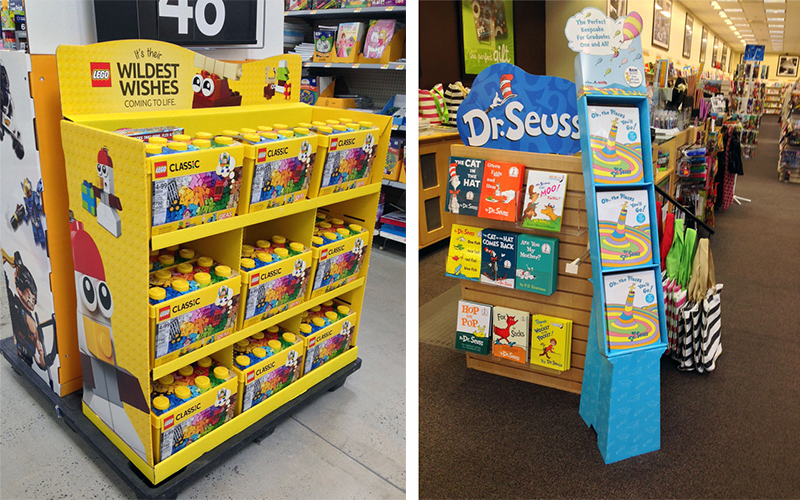
After 16 years in this industry, I’ve seen firsthand how a well-executed cardboard display can transform a product's performance. But I've also seen projects fail because of seemingly small details. The secret isn't just having a display; it's about having the right display, executed flawlessly from design to delivery. Let's dive into the practical questions I get asked all the time, and I'll share what truly makes a difference.
How do you display items to maximize sales?
Your product is fantastic, but it's invisible on a standard shelf. Customers overlook it completely. How can you make them stop, look, and buy, using only your display?
To maximize sales, place your products at eye level in busy areas of the store. The display should have a clear, simple message, like a special offer or a new arrival. Most importantly, the design must make your product the hero, not overwhelm it with clutter.
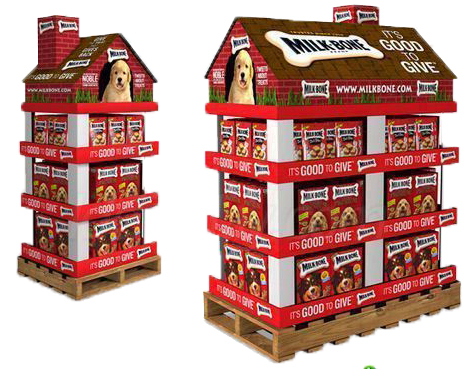
Maximizing sales with a display is both an art and a science. It's not enough to just put products on a stand. You have to think like a shopper. Based on my experience, a few principles are non-negotiable for success.
Strategic Placement
The location of your display is critical. The best spots are what we call "high-traffic" zones. Think about the checkout counter for last-minute impulse buys, or the endcaps of aisles that every customer has to walk past. I worked with a snack brand that saw a 40% sales lift simply by moving their displays from the middle of the snack aisle to the main walkway near the store's entrance. The display itself didn't change, but its visibility did.
Visual Hierarchy
Your display needs to guide the customer's eye. Start with the most important thing: your product. It must be easy to see and grab. Then, use graphics and text to support it. A big, bold headline announcing "50% Off!" or "New Flavor!" works wonders. Keep the rest of the text brief. Too much information just becomes noise.
Here's a simple breakdown of good versus bad practices:
| Feature | Good Practice | Bad Practice |
|---|---|---|
| Location | Endcaps, checkout, main aisles | Hidden mid-aisle, low-traffic corners |
| Product | At eye-level, easy to reach | Too high/low, hard to grab |
| Message | One clear, bold headline | Multiple messages, small text |
| Design | Clean, supports the product | Busy, distracts from the product |
How will your display attract attention and increase sales?
You've invested in a display, but it just blends in. It fails to catch anyone's eye. What if you could guarantee your display would be a visual magnet for customers?
To attract attention, your display must have flawless, vibrant colors that perfectly match your brand. It also needs to be assembled correctly and look professional. An easy-to-assemble display ensures it gets set up quickly and perfectly, presenting your product in the best possible light.
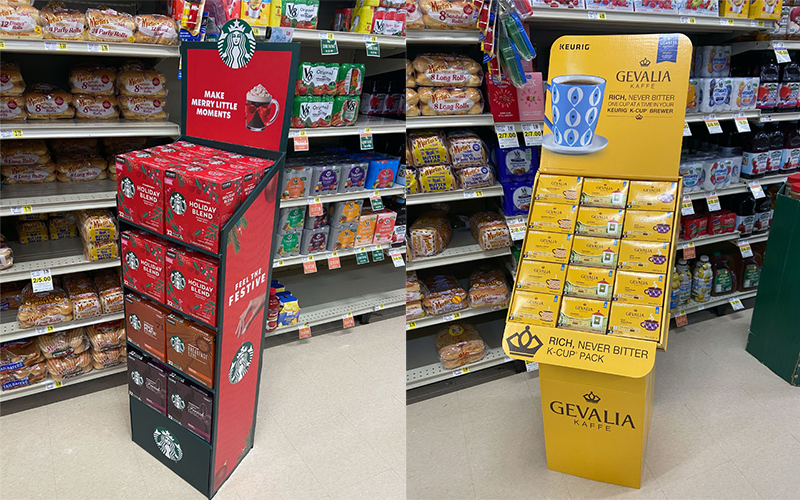
A display's ability to attract attention comes down to two things I'm passionate about: an easy setup and perfect color. When I started Lddisplay, I saw so many great designs fail in the real world because of these two issues. A complex display that store staff can't figure out either gets assembled wrong or, worse, is never put on the floor at all. To solve this, we’ve developed structures that are incredibly intuitive. I’m proud that we now have designs that my team and I have timed—they can go from flat-packed to a fully formed display in just two seconds. This isn't just about speed; it's about eliminating errors and ensuring the display looks exactly as the designer intended.
The second part is color. Your brand color is your identity. When a display's color is slightly off, it cheapens the look and weakens brand trust. We invested heavily in an advanced color management system to solve this. It means that the Pantone color you specify in your brand guide is the exact color that shoppers will see in the store. This visual perfection makes your display pop and gives it a premium feel, which directly translates to customers trusting and buying your product.
How can retailers increase value and stimulate more sales?
Retailers feel the pressure of extra costs. Assembly time eats into staff hours, and damaged goods are a total loss. How can a display supplier add value beyond just the display itself?
Suppliers can add immense value by designing displays that save retailers time and money. An ultra-fast assembly process cuts labor costs. More importantly, ensuring the displays arrive safely without damage is crucial. Secure, smart packaging and delivery methods prevent losses and get your promotion started on time.
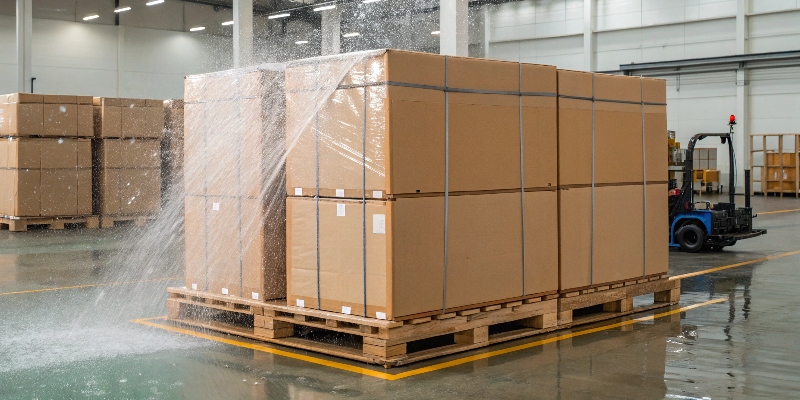
For me, delivering value means thinking about the entire lifecycle of the display, especially for my overseas clients. A beautiful display is worthless if it arrives broken. This is why we have made shipping security a top priority at Lddisplay. It’s a crucial step that is often overlooked. We give our clients options, like palletizing. Shipping displays on a pallet costs a bit more upfront, but it dramatically reduces the risk of damage compared to loose cartons. I always show clients pictures of the difference—a neat, protected pallet versus a pile of boxes—and they immediately understand the value.
Before any large shipment leaves our facility, we conduct practical tests. We'll perform a waterproof test on the outer packaging to ensure the displays are safe from the elements during transit. For the displays themselves, we’ve designed special protective cards that fit inside the flattened stands. These simple-looking inserts are engineered to absorb shock and prevent a whole shipment from being crushed if a heavy object is placed on top of it. This attention to detail means the retailer receives perfect, ready-to-use displays, saving them the cost and headache of dealing with damages. That is true value.
Conclusion
In short, well-designed and smartly delivered cardboard displays are a proven way to increase sales. Focusing on placement, color, assembly, and shipping safety turns a simple stand into a powerful sales tool.



